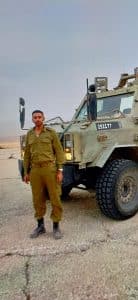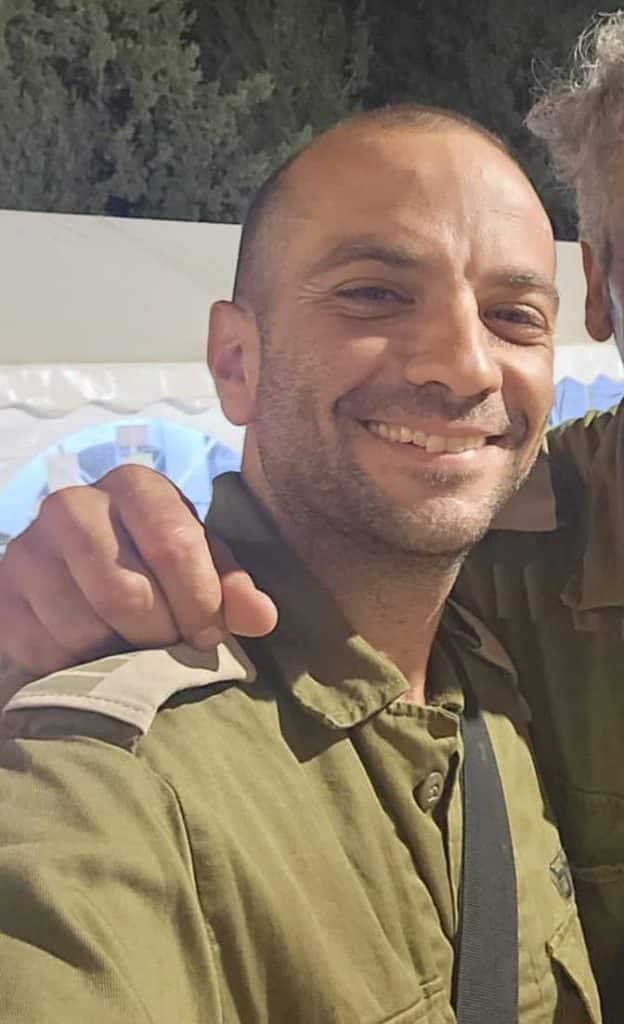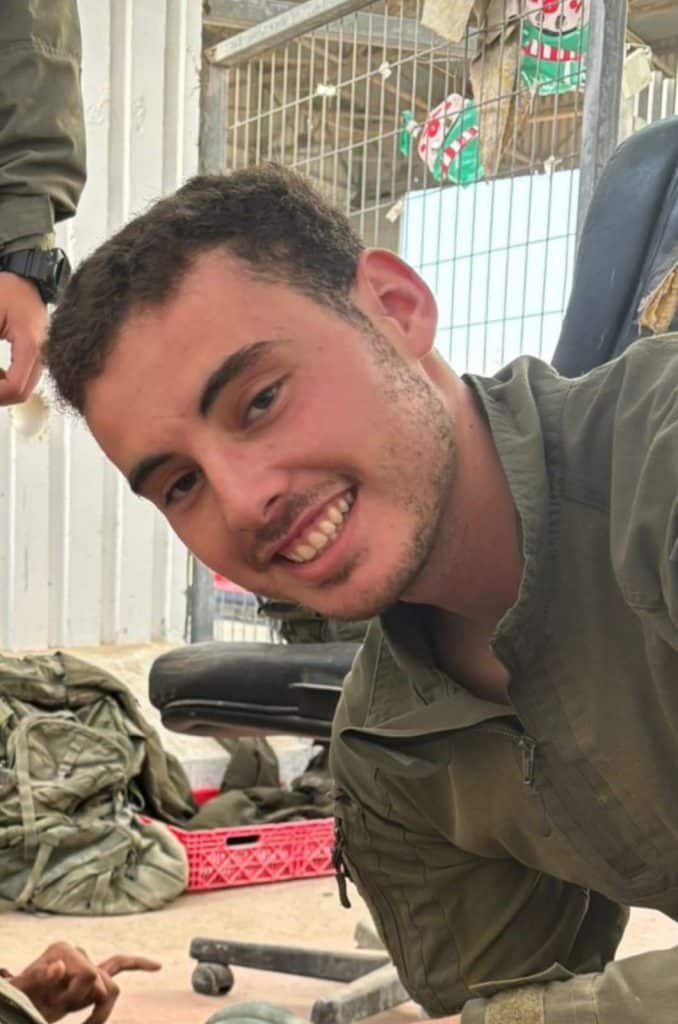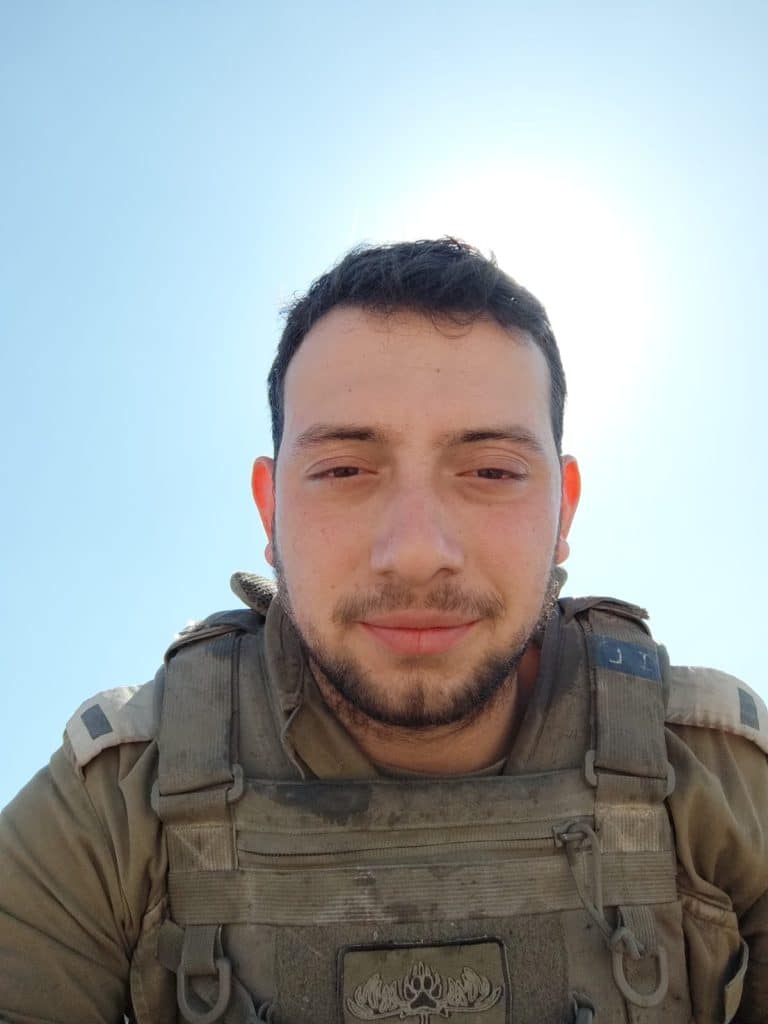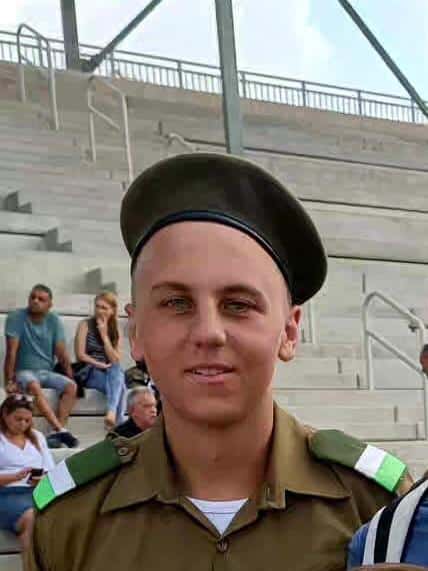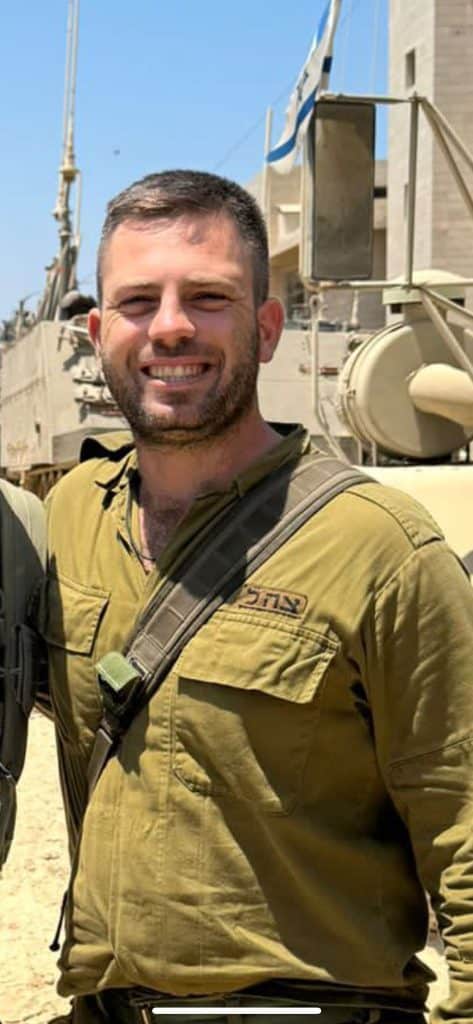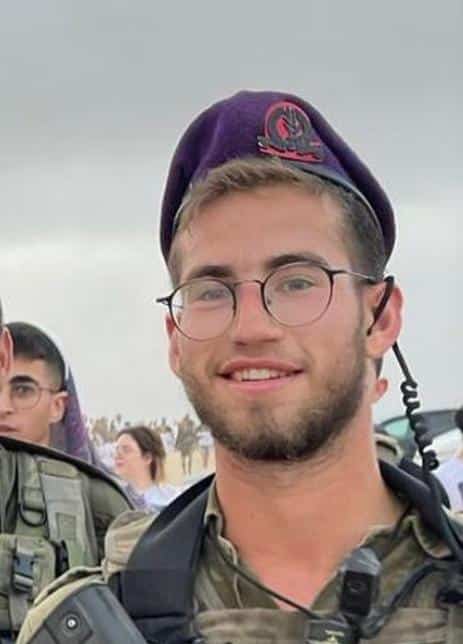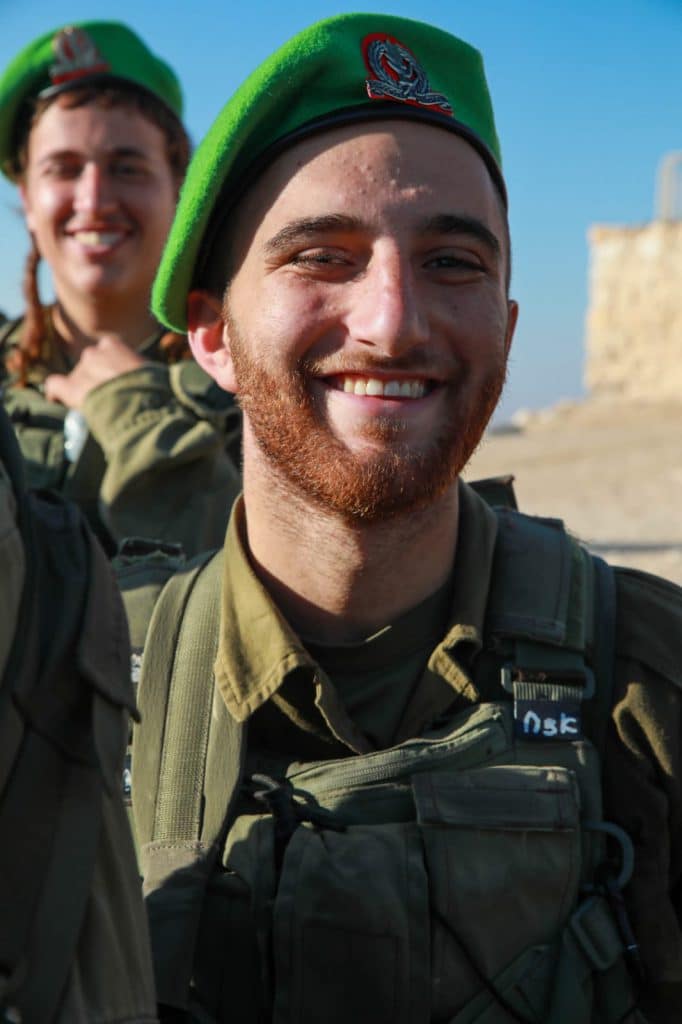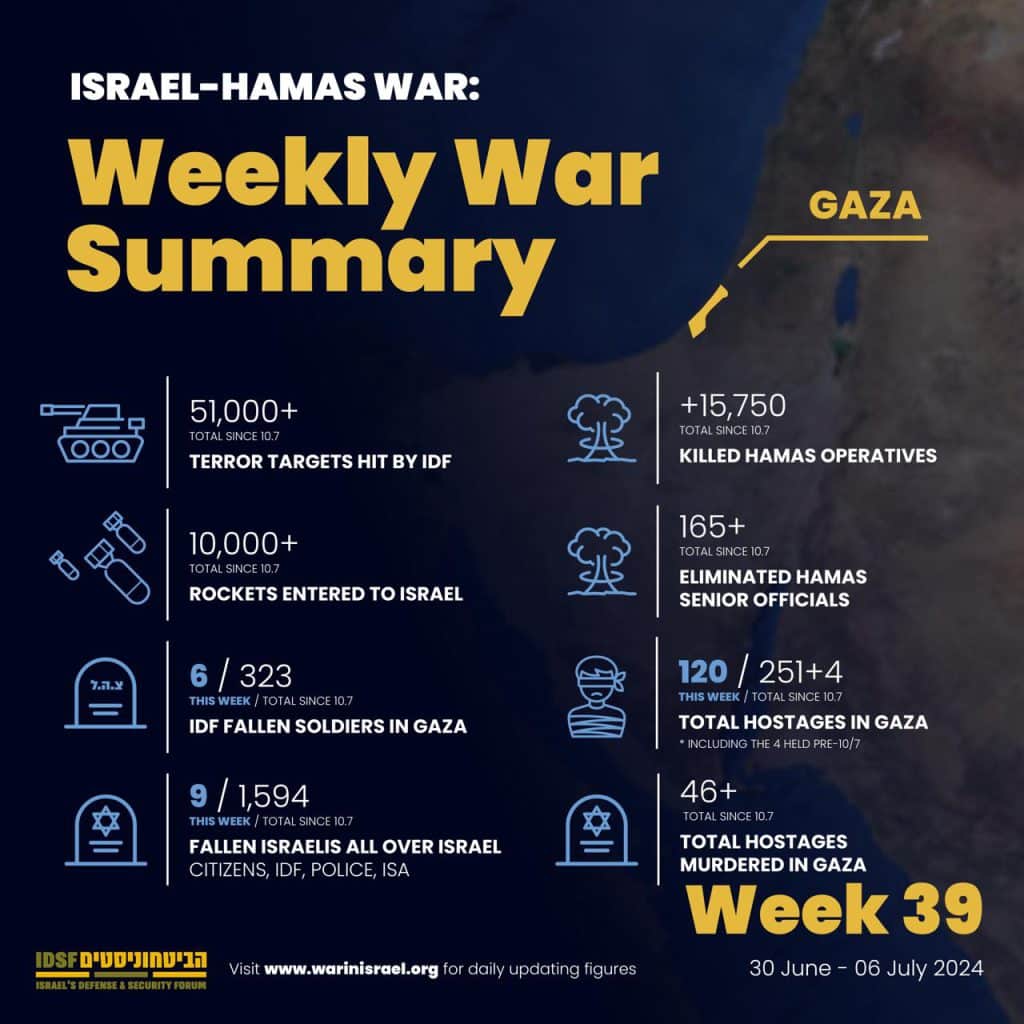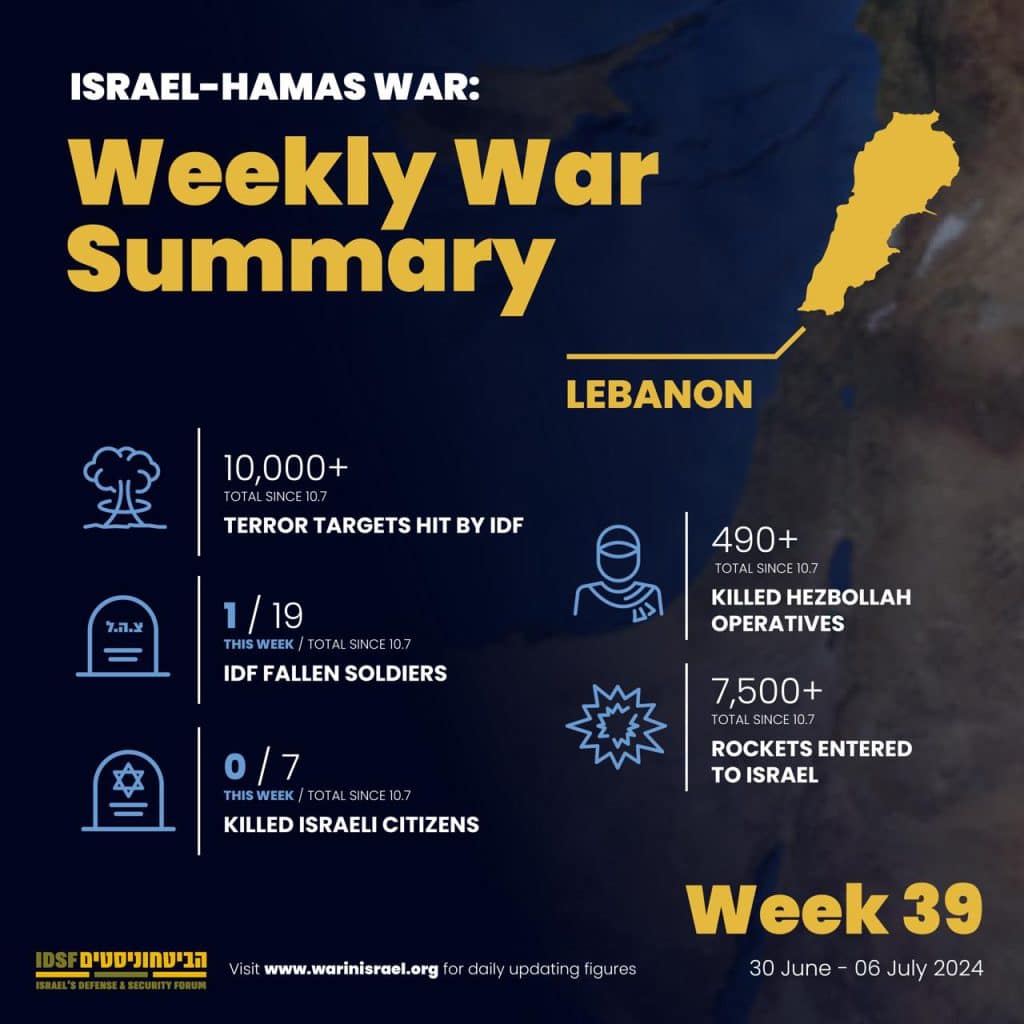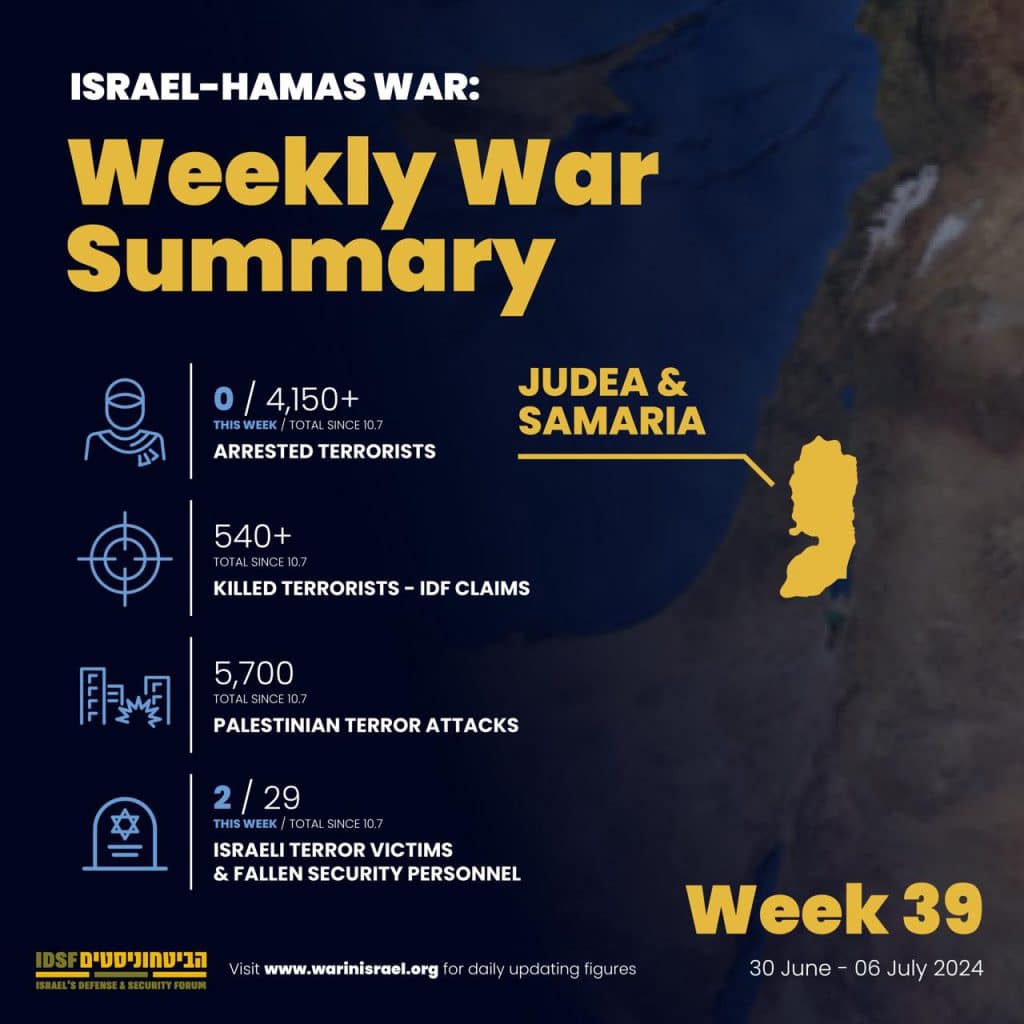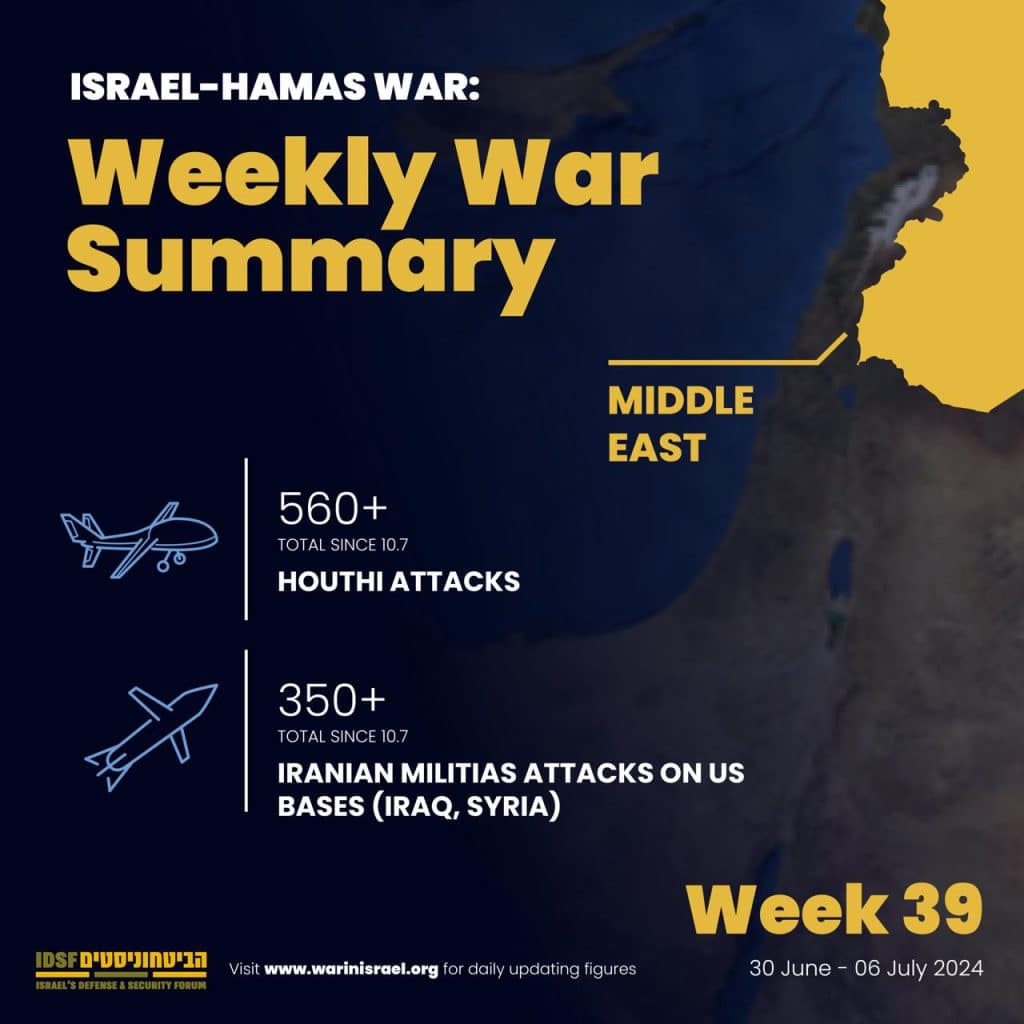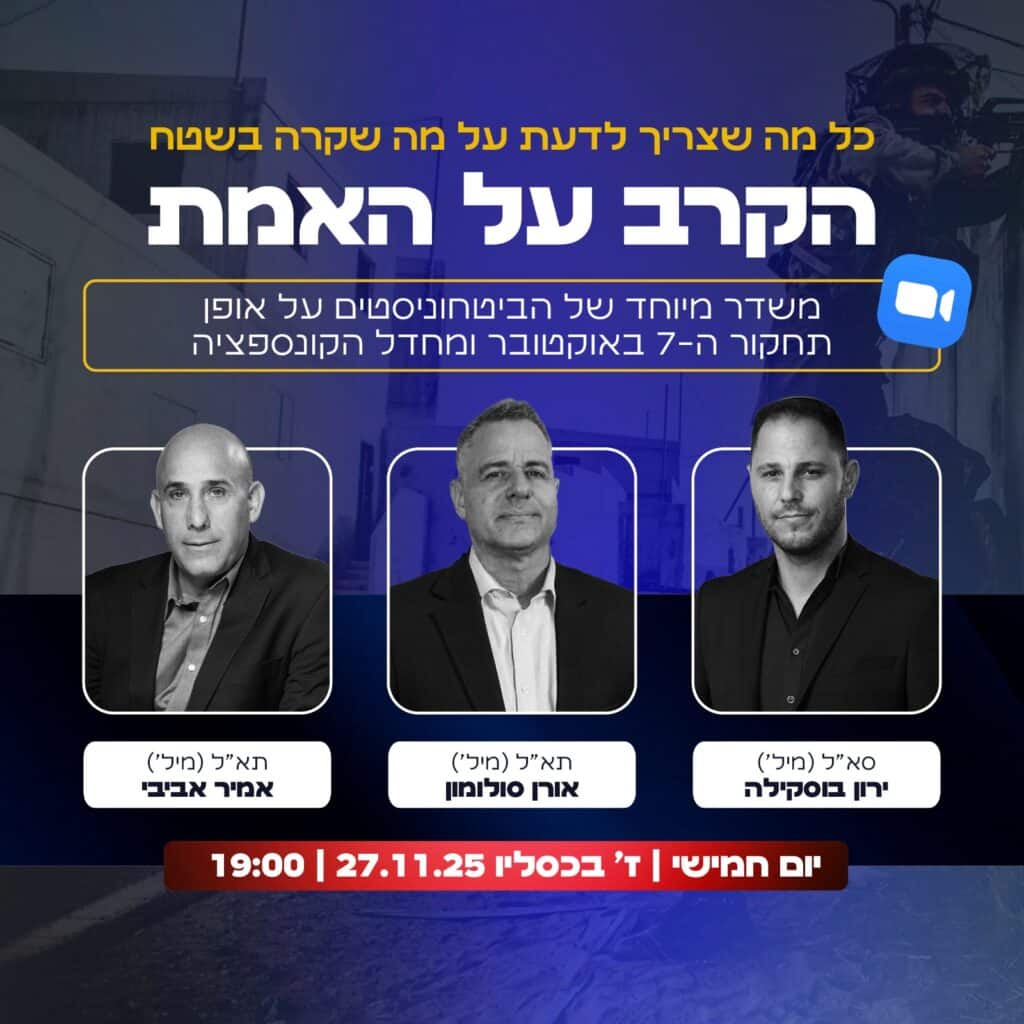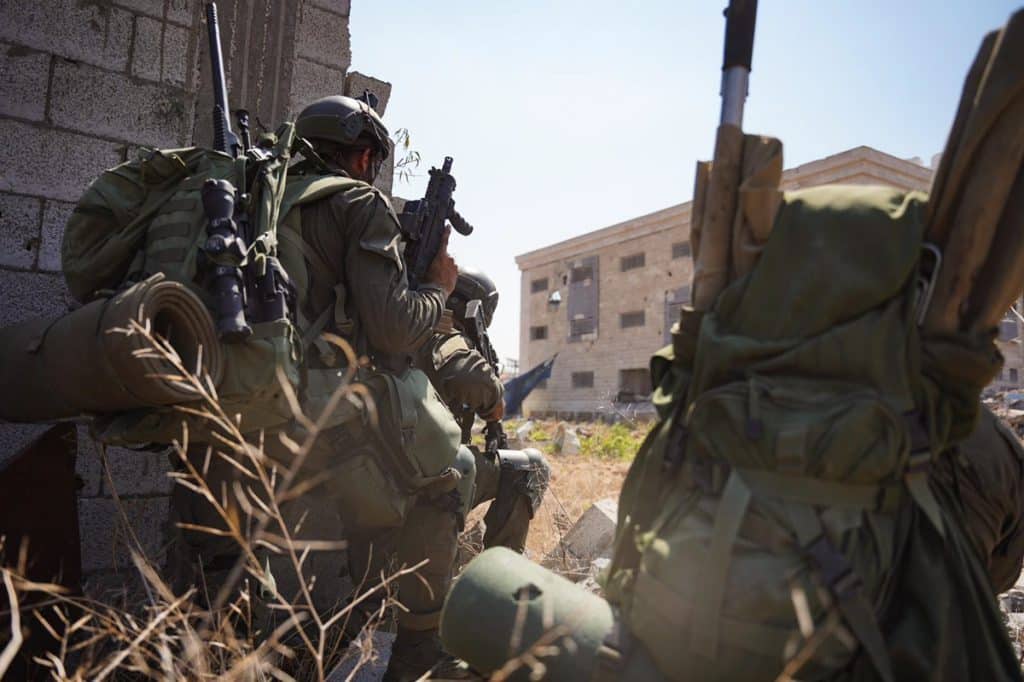
Overview
- Israeli Prime Minister Benjamin Netanyahu approved the resumption of negotiations for a hostage deal as Hamas dropped its initial demand for ending the war. On Friday, Mossad Chief David Barnea arrived in Doha to meet with the Qatari Prime Minister.
- The IDF is now controling 26% of the Gaza Strip, including the buffer zone, the Philadelphi Route, and the new depth created between the north and center of the strip. The Nezarim Corridor area covers 38 square kilometers, with four built posts. It has expanded to a width of 4 kilometers, and is used for conducting raids in the southern part of Gaza City. The corridor stretches from the Besor Stream (Wadi Gaza) northward to Highway 10.
- In Khan Younis area, where Hamas is reorganizing its battalions and restoring its control, residents of the eastern area received an order to evacuate immediately to Al-Muwasi humanitarian zone.
- Defense Minister Yoav Gallant authorized the local Gaza electric company to repair the electricity grid with cooperation from Israel to enable the operation of a desalination plant in the Deir al-Balah area, allowing for the distribution of water and sewage services and reducing external pressure on both Israel and Hamas due to humanitarian needs.
- The Shin Bet ordered the release of 55 prisoners of war including known terrorist operatives back to the Gaza Strip due to a lack of space in Israeli prisons, a step that triggered uproar in Israel.
- Hezbollah Secretary-General, Hassan Nasrallah’s deputy, Naeem Qassem, said in an interview that Hezbollah would stop its attacks if there is a ceasefire in Gaza.
- A senior commander in the Hezbollah, Muhammad Nimah Nasser who led the Aziz Unit was eliminated by the IDF in Tyre, Lebanon, The following day, Hezbollah’s irregular retaliation included 15 different attacks, launching over 200 rockets and 20 suicide drones.
International
- The Saudi Foreign Minister proposed establishing a UN peacekeeping force in the Gaza Strip. Hamas condemned any attempt to deploy foreign forces on Gaza soil.
- The EU decided to sanction six individuals and three entities for financing Hamas and the Palestinian Islamic Jihad (PIJ) or enabling their violent actions. Sanctions include asset freezes, prohibition of funds or resources provision, and travel bans to the EU.
- Over 100 victims and relatives of victims of the October 7 massacre have sued Iran, Syria, and North Korea, accusing these countries of supporting Hamas and demanding at least $4 billion in compensation.
- The International Criminal Court (ICC) Prosecutor Karim Khan canceled a planned visit to Israel and Gaza on the same day he sought arrest warrants for Prime Minister Benjamin Netanyahu, Defense Minister Yoav Gallant, and Hamas leaders. According to Reuters, Khan’s sudden announcement regarding the warrants affected the ICC’s cooperation with the US.
Gaza Strip
Diplomatic
- Senior Hamas official Khalil al-Hayya met with Nasrallah and leaders of Iraqi and Yemeni Shia militias in Beirut. Hamas Political Chief Ismail Haniyeh met with leaders in Lebanon and Jordan, including the Muslim Brotherhood’s Jordanian branch, as part of efforts to unify forces ahead of the expected Israeli strike in Lebanon.
- Senior Hamas official, Hussam Badran, called for unity in the Palestinian camp, unity with Fatah (which, according to him, does not have a monopoly on the Palestinian issue), and called on every Arab in Judea and Samaria with a weapon to resist the “Israeli occupation.” According to him, it is impossible to create an agenda for the day after in Gaza without Hamas (the whole world understands this except Netanyahu, he said) because Fatah will not be able to control Gaza, and it cannot control Judea and Samaria. He condemned President Abbas for his inaction against Israel. This rhetoric from Hamas officials indicate that Hamas believes that the international community is supportive of their plans to maintain its political and military power in Gaza.
The Day After
- On Sunday night, at Southern Command headquarters, in the presence of the Prime Minister, Defense Minister, National Security Council head, Chief of Staff, and head of Military Intelligence, an assessment was held to examine the military situation in Gaza, even without a hostage deal. The IDF will transition to launching targeted raids and localized divisional operations, maintaining all strategic routes with an emphasis on the Philadelphi Corridor, while systematically destroying tunnels and underground infrastructures which remain booby-trapped and will therefore require many more months of continued operations. This transition is also supposed to allow the transfer of at least some of the forces to the northern front, enabling escalation against Hezbollah.
- Egypt (like Jordan) has refused to deploy forces to Gaza as part of a peacekeeping force.
The Hamas Hostage Deal
Netanyahu approved the resumption of negotiations for a hostage deal as Hamas has reportedly dropped its demand for ending the war. On Friday, Mossad Chief David Barnea arrived in Doha to meet with the Qatari Prime Minister.
This comes amidst Hamas relaxing its demand that it would have guarantees that the war would completely stop permanently during and after negotiations. Meanwhile, Islamic Jihad announced the end of “privileges” for the hostages after the successful rescue operations last month and tried to justify this modification by alleging that Israelis are worsening conditions for terrorists in detention centers in Israel.

Operational
- The IDF is now controling 26% of the Gaza Strip, including the buffer zone, the Philadelphi Corridor, and the new depth created between the north and center of Gaza. The Nezarim Corridor area covers 38 square kilometers, with four built posts, including the Turkish hospital used as a military post.
- In Gaza, two forward logistical centers were established for direct supply to fighters, vehicle repair, tank and APC repair, refueling, etc. One is in the Rafah area and the other in northern Gaza. Over 500 vehicles have been damaged since the start of the ground campaign (almost all returned to operational status).
- The Negev Reserve Brigade identified several significant tunnel shafts in the Rafah area including a 500 meter long tunnel which was connected to an UNRWA school.
- The Paratroopers Brigade of the 98th Division is leading the battle in Sajaiya with the 7th Armored Brigade assisting in the fighting with tank fire. Over 100 terrorists are estimated to have been eliminated in Sajaiya since the beginning of the operation. The operation in Sajaiya is expected to end soon, with few terrorists left in the neighborhood.
- According to the Chief of Staff (as of July 2), 900 terrorists have already been killed in the Rafah operation (including many company commanders and at least one battalion commander), whose main mission was to destroy underground infrastructure.
- Hamas placed a rocket launcher in Deir al-Balah, within the humanitarian zone, with the goal of using the civilians as their human shield. The Israeli Air Force was able to neutralize the launcher without civilian casualties.
- Division 99 is securing the Netzarim Corridor, which is expanding to a width of 4 kilometers, and is used for conducting raids in the southern part of Gaza City. The corridor stretches from the Besor Stream (Wadi Gaza) northward to Highway 10, a road located at the southern outskirts of Gaza City, right by the Zaytun neighborhood. Along its length, there are four posts currently being reinforced. The purpose of this expansion is to prevent any approach by terrorists or short-range mortar fire against the soldiers who will be stationed on the route permanently in “the day after”, to destroy any underground terror infrastructure, and to maintain the ability for immediate operations into Gaza City or the central camps so that the terrorists will not have the visibility to prepare for the soldiers’ arrival.
- Due to increased rocket and mortar fire from the Khan Younis area, where Hamas is reorganizing its battalions and restoring its control, residents of the eastern area received an order to evacuate immediately to the Al-Muwasi humanitarian zone on Sunday. The Air Force attacked terror infrastructure in the area due to the launch of salvos from there towards the Gaza envelope. On Monday, over 20 launches targeted six communities in the Gaza envelope originating from Khan Younis, with two additional launches from the northern strip by Al-Aqsa Martyrs Brigades (Fatah’s terror group).
- Defense Minister Yoav Gallant authorized the local Gaza electric company to repair the electricity grid with cooperation from Israel to enable the operation of a desalination plant in the Deir al-Balah area, allowing for the distribution of water and sewage services and reducing external pressure on both Israel and Hamas due to humanitarian needs. This move was taken by the IDF despite a significant risk for the IDF to release some pressure from Hamas and go back to a situation of partial dependence of Gaza on Israel, which could be viewed as characteristic to the pre-October 7 era.
- Division 99 fighters, consisting of the reserve brigades Alexandroni and Hazaken, successfully completed an operation in the Tel al-Hawa neighborhood in southern Gaza city, eliminating dozens of terrorists, destroying over 100 terror infrastructures including weapon depots, observation posts, launch pits, and tunnel routes. In cooperation with the Yahalom unit, a kilometer-long tunnel with multiple branches was destroyed (according to the map, it stretches south of the Tel al-Hawa neighborhood, not far from the coastline, to the new port, with six opening shafts).
Breaking of Civil Order
According to the WSJ, Gaza is in a state of anarchy. There is murder, robbery, and theft everywhere without any response. Gangs of robbers do as they please, and everyone clings to their clan and weapons for protection. After the bombing of police stations from the air, the killing of Hamas security personnel, or simply a lack of fuel to fuel its police vehicles and trucks, Hamas has lost control, strengthening these gangs (consisting partly of hungry civilians) and the civil disorder. Truck drivers are attacked, and their cargo looted.
Civilians are fighting and stabbing each other for any apparent reason: cutting in line for food distribution, fuel, water, food, a place to set up a tent, or for honor. For example, after a fight between boys from two different clans, an adult from one clan smashed another adult’s head with a concrete block. The victim’s clan avenged his death by burning down the building where the first clan lived.
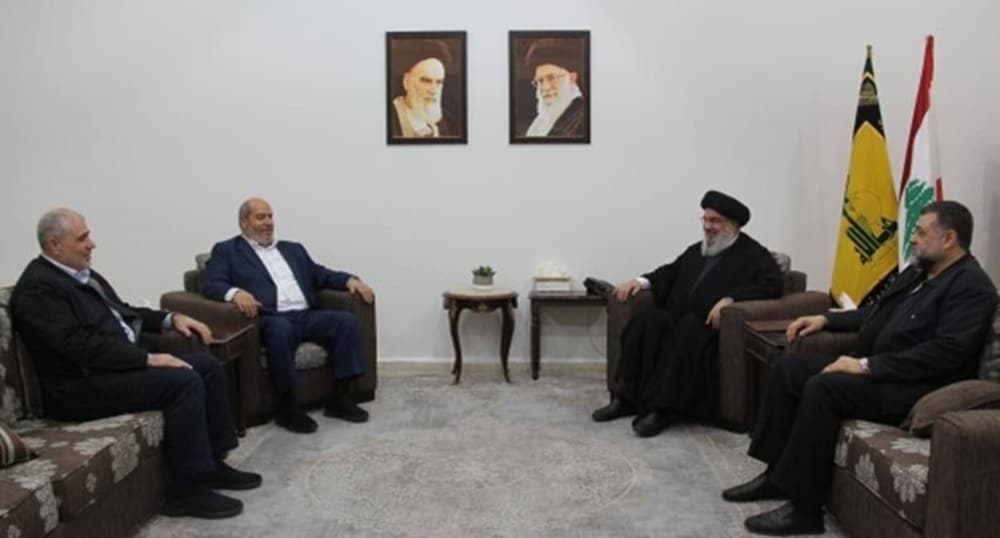
The Prisoners’ Release Debacle
The Shin Bet ordered the release of 55 prisoners of war and returned them back to the Gaza Strip. This group included many known terrorist operatives, most notably, the Shifa Hospital director Mohammed Al Salamiyeh who collaborated with Hamas’ headquarters at the hospital and helped to connect the electricity to assist the terrorists in the tunnel network below. The move was made due to a lack of space in Israeli prisons. Netanyahu and Gallant condemned the decision and ordered the immediate establishment of a commission of inquiry into the matter.
The lack of space in Israeli Prison Service was known for many months, with the Israel Prison Service transferring the responsibility for guarding the prisoners of war to the IDF. The Shin Bet has called upon decision makers for over a year to solve the problem and special budgets were allocated for the construction of new quarters.
The IDF established “only” three detention facilities: in Anatot, Sde Teiman, and Camp Ofer. In Sde Teiman, 700 prisoners were held, and it was decided that due to “harsh conditions” 580 of them were transferred to other detention centers, and 120 other prisoners, considered less dangerous were released due to lack of space. According to reports, the security services do not apprehend all the terrorists that they apprehend in Judea and Samaria due to a lack of space. Meanwhile, government officials refrained from taking responsibility but rather put the blame on each other or the ISA for the debacle.

Domestic Arena
Lebanon
Diplomatic
- Nasrallah’s deputy, Qassem Naim, said in an interview that Hezbollah would stop its attacks if there is a ceasefire in Gaza, but did not clearly state whether they would cease attacks during the military occupation.
Operational
- A senior commander in Hezbollah, Muhammad Nimah Nasser who led the Aziz Unit was eliminated by the IDF in Tyre Lebanon. His rank is similar to that of a Division commander. The Unit is responsible for Lebanon’s southwestern region, from the coast to the Bint Jbeil area, and has carried out hundreds of attacks against northern Israel’s upper and western Galilee amid the war. Nasser himself took part in the kidnapping of 2 Israeli soldiers that prompted the start of the 2006 Lebanon war. This prompted Hezbollah to fire 100 rockets at the Galilee the same day. The following day, Hezbollah attacked 15 times, launching over 200 rockets and 20 suicide drones. A deputy company commander in the IDF was killed in these attacks.
Hezbollah’s response was designated to signal Israel on the gravity in which it views the elimination of one of its senior commanders, and that this does not hinder its operational functions.
- The Mountain Brigade completed its first divisional exercise simulating urban warfare and an attack in Lebanon. Iran is conducting psychological warfare and threatening a severe response to any Israeli attack.
Judea and Samaria
- There has been a significant increase in the intensity and destructiveness of attacks made by Palestinian terrorist groups. Powerful explosives smuggled from Jordan, combined with the dominating presence of armed Palestinians, shooting incidents targeting Jewish communities such as Bat Hefer inside the “Green Line”, with significant involvement of both Fatah and PA men in terrorism. This is not just Hamas and Islamic Jihad but also a broader range of groups that organizationally are connected to the Palestinian Authority.
- In Jenin, the Duvdevan and Haruv Reconnaissance Units, alongside Shin Bet fighters engaged in a battle that required air support, killing seven terrorists, including those involved in the bomb attack in the city on June 27.
- In the Binyamin Division, 500 Border Police officers evacuated an Israeli residential outpost called Givat Tzur Harel, which led to violent confrontations with the Israeli residents.
- In a mall in Karmiel, a 20-year-old Arab-Israeli from the nearby village of Nahf carried out a stabbing attack, injuring two soldiers. One of them fell to the ground, managed to shoot the terrorist, and neutralized him before succumbing to his wounds.
The increased incitement on Arabic telegram channels is creating a terrorist momentum, and appears to be influencing Israeli Arabs. The incitement from supporters of Hamas, Islamic Jihad, and similar groups is often directed at Israeli Arabs. There is a direct correlation between the graphics in posts from pro-terror channels and subsequent attacks: a call for a stabbing attack followed by a stabbing, a call for a shooting attack followed by a shooting, etc.
- According to an New York Times article, PA police have completely lost control and cannot enter camps in many regions, or even cities like Tulkarm because they would be attacked by the crowd or armed militias. Iran has been reinforcing these militias in recent years, facilitating the smuggling of weapons through Jordan or enhancing explosive devices. The explosives and militias will be a significant challenge that the IDF will have to deal with for the foreseeable future.
- Smugglers crossing the border from Jordan, were caught with 75 pistols and many weapon parts.
Iraq and Syria
- A Syrian newspaper reported that Iranian-backed militias transferred missiles and drones to eastern Syria.
- Shia militias in Iraq announced on June 30 that if Israel initiates a preemptive strike in Lebanon, they will resume attacks against American bases in Syria and Iraq.
Yemen
- The Houthis showcased a new type of UAV in a promotional video, measuring 10 meters long and capable of carrying between 1,000 to 1,500 kilograms of explosives.
- There are indications that Russian President Vladimir Putin is considering supplying the Iran-aligned Yemeni Houthi movement with anti-ship ballistic cruise missiles, Middle East Eye (MEE)—citing an unnamed senior U.S. official—reported on Saturday.
- According to the Captain of the USS Carney, Jeremy Robertson the US Navy has not experienced a battle situation like its engagement in shooting down Houthi missiles and UAVs since World War II, and it was the first real test against hypersonic missiles.
Iran
Kamal Kharrazi, Chairman of the Strategic Council on Foreign Relations of Iran and advisor to Ayatollah Khamenei, stated in an interview with the British newspaper FT on Tuesday that Iran is not interested in a regional war and emphasized the need for the US to pressure Israel to avoid an attack against Hezbollah.
He warned that Iran and the entire resistance axis (i.e., the Shia in Iraq and Syria and the Houthis in Yemen) would have no choice but to use all possible means to support Hezbollah. “If they (Western countries) decide to cooperate, we are ready for cooperation,” added Kharrazi.
The Islamic Republic would be ready for indirect negotiations with Washington on Tehran’s nuclear program under a new government, if it leads to the U.S. rejoining the 2015 agreement that Iran signed with world powers, officially known as the Joint Comprehensive Plan of Action (JCPOA), he said. He added that if the West enforces “snapback” provisions to reimpose U.N. sanctions lifted when Tehran signed the JCPOA, in response to Iran’s continued expansion of its program, “there would be a severe response from Iran in terms of changing its nuclear strategy.”
Kharrazi also said they are prepared to acquire nuclear weapons if they feel threatened (essentially assembling a bomb). His goal was also to threaten against such an attack on Hezbollah and to legitimize Iran’s use of its full capabilities in the Middle East while building a nuclear bomb.
- The commander of the IRGC’s Air Force declared on Monday that they are waiting for the opportunity to strike Israel with “Operation True Promise”-2 (the name for the April 13th-14th Iranian attack against Israel).
- On July 1st, Iran’s acting Foreign Minister stated in a phone conversation with his Turkish counterpart that Hezbollah is ready to resist an Israeli attack.
- Reformist candidate Masoud Pezeshkian won Iran’s runoff presidential election, beating hard-liner Saeed Jalili by promising to reach out to the West and ease enforcement on the country’s mandatory headscarf law after years of sanctions and protests squeezing the Islamic Republic. The first round of voting on June 28 saw the lowest turnout in the history of the Islamic Republic since the 1979 Islamic Revolution.
- The Iranian Foreign Ministry announced sanctions on certain U.S. officials who are involved, according to Iranians, “in gross violations of human rights by suppressing the pro-Palestinian student protest movement.”
- Iranian President Mohammad Mokhber met with Chinese President Xi Jinping on the sidelines of the Shanghai Summit in Kazakhstan: During the meeting, Mokhber said: “Iran’s relations with China are strategic and based on interests and development.” Both presidents emphasized their determination to expand bilateral cooperation and that “China’s policy of strengthening relations with Iran is not subject to external factors.”
Fallen Soldiers
